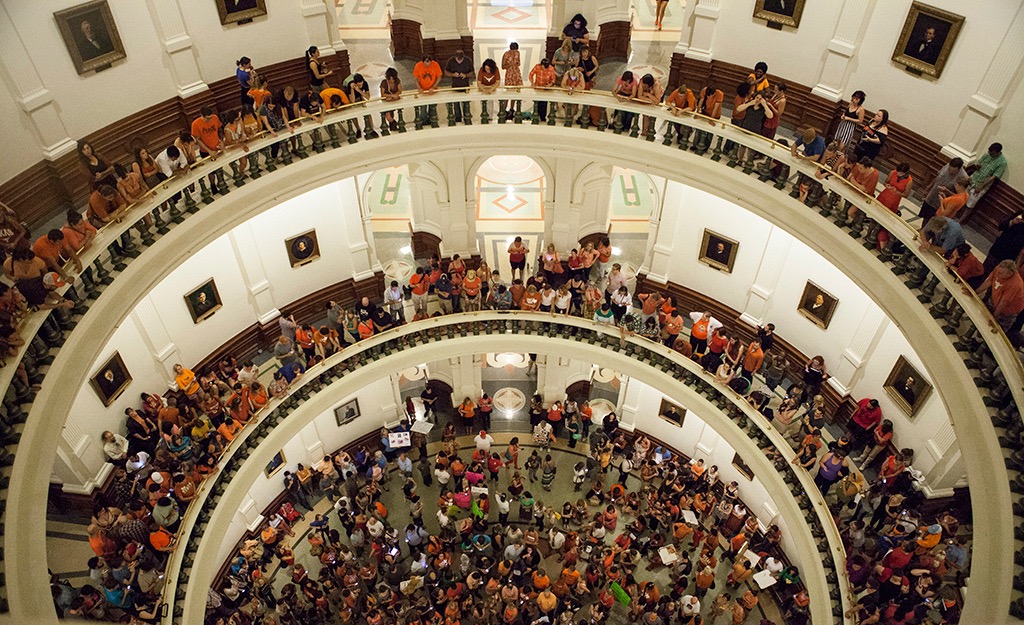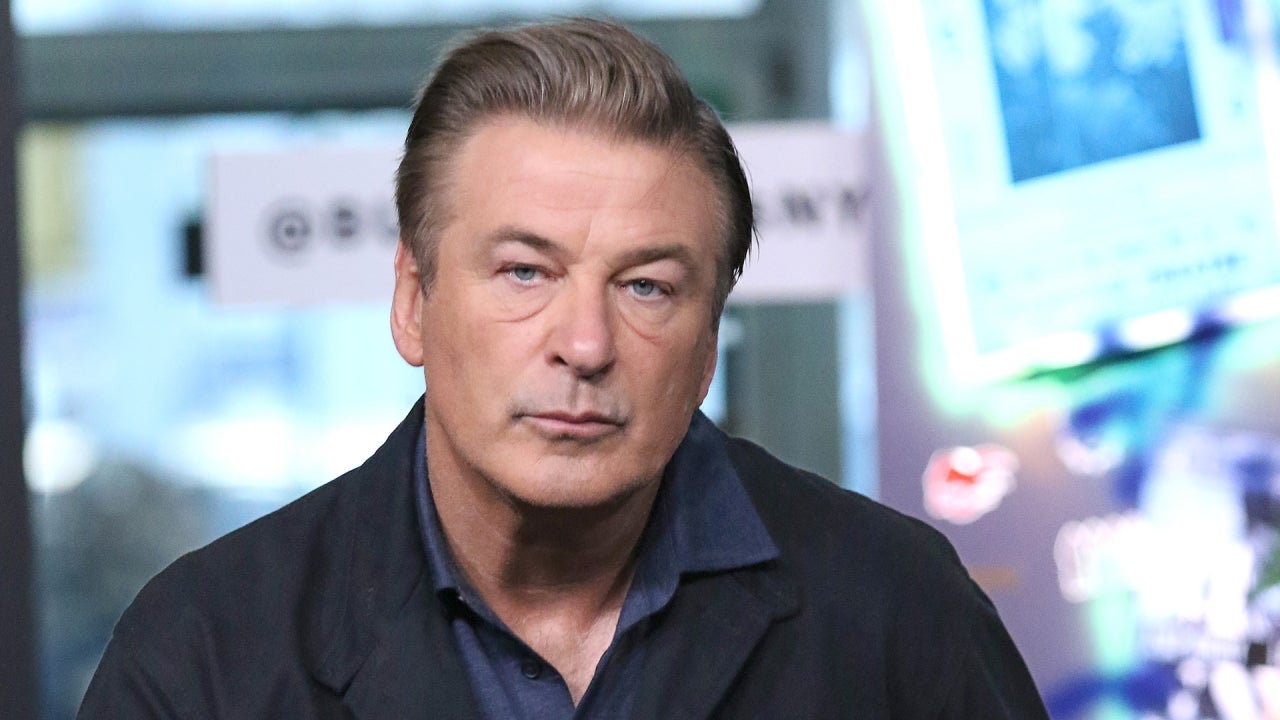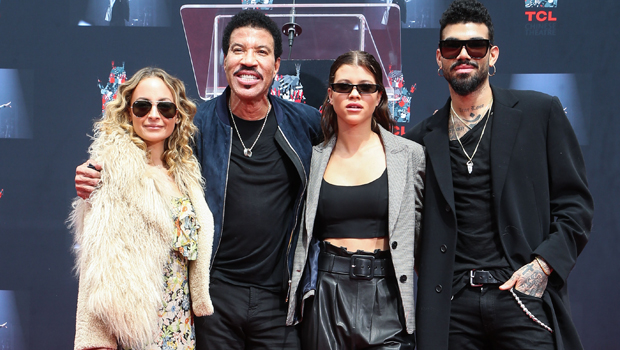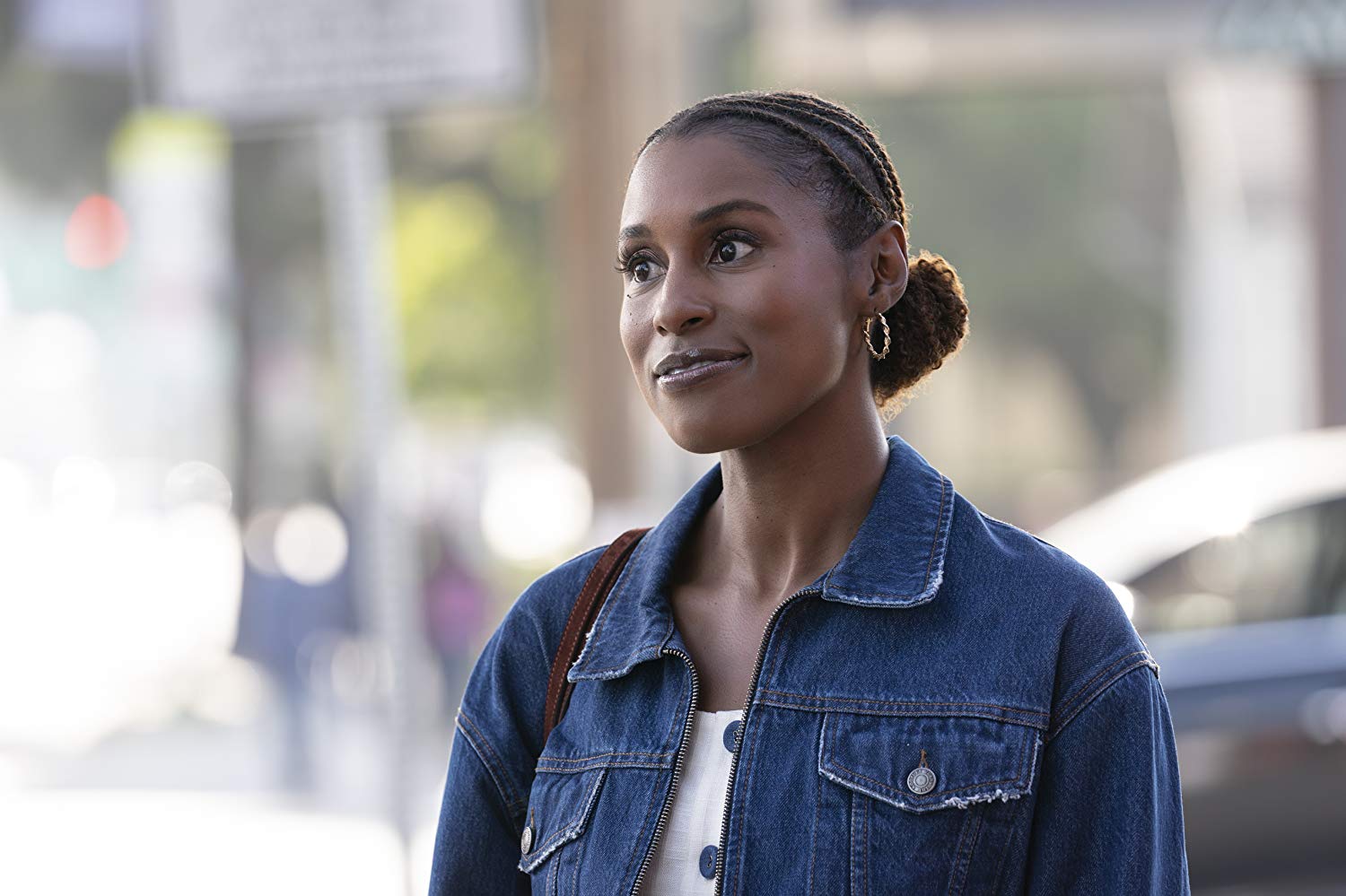SXSW 2022 Women Directors: Meet Gretchen Stoeltje – “Shouting Down Midnight”
A Texas-based filmmaker, director Gretchen Stoeltje makes independent documentaries centering on women’s experiences. “Venom in a Jar, a Kiss From the Queen,” explores the role of Miss Snake Charmer, the teenaged beauty queen chosen at the annual Sweetwater, Texas Rattlesnake...

A Texas-based filmmaker, director Gretchen Stoeltje makes independent documentaries centering on women’s experiences. “Venom in a Jar, a Kiss From the Queen,” explores the role of Miss Snake Charmer, the teenaged beauty queen chosen at the annual Sweetwater, Texas Rattlesnake Round-up. “A.R.M. Around Moscow” follows American men who travel to newly-opened Russia in search of wives. The poetic meditation “Bionic Beauty Salon” makes its teen stars the experts on the forces of power and beauty in their lives. Stoeltje’s films have played festivals and on television in the U.S., Canada, and Europe, and curated art venues including the Whitney Biennial.
“Shouting Down Midnight” is screening at the 2022 SXSW Film Festival, which is taking place March 11-20. Find more information on the fest’s website.
W&H: Describe the film for us in your own words.
GS: “Shouting Down Midnight” is both a cautionary tale and a rallying cry. It is the story, past and future, of abortion in the U.S. — what is at stake for people seeking abortion care, the role that citizens can play in a functioning democracy, and the power of inspiration and empathy to bring people together and support one another.
W&H: What drew you to this story?
GS: I was drawn by conflicting emotions that the filibuster and its aftermath created in me. On the one hand, I felt an alarming fear that my state was quickly becoming a police state for reproductive health, forcing people to give birth against their will. On the other, I was inspired by the people whose lives were transformed that day, who felt spurred to take action for change and to advocate for people and issues they cared deeply about. It was that confidence and courage, and a growing sense of community around these issues, that compelled and emboldened me.
W&H: What do you want people to think about after they watch the film?
GS: I hope that people think about how ordinary citizens can have a meaningful role in policymaking, dull and opaque as it can sometimes be.
I hope they reflect on the power of being connected, the revolutionary acts of standing up for and caring for oneself and for others, and where they might contribute to change in their own communities.
W&H: What was the biggest challenge in making the film?
GS: Working without time or resources was the biggest filmmaking challenge, as it is for so many, but finding the structure was the biggest storytelling challenge. I knew from the beginning that the film would be shaped by the letter writers whose letters Wendy read during the filibuster and that I wanted to structure the whole thing within the narrative of the filibuster itself.
I assumed at the time that I would interweave their backstories in with the filibuster using flashbacks, but I found myself drawn to people who were inspired that day to start making change, and whose lives moving forward in time after the filibuster were what I wanted to document. That meant asking the audience to do a lot of time traveling, and it was a struggle to make that work — but film being magical, I think it does!
W&H: How did you get your film funded? Share some insights into how you got the film made.
GS: From 2014 to 2021, this film was entirely self-funded from whatever I could save each month from my day job. Because of my limited time, securing funds from foundations, grantmaking organizations, individual and would-be co-producers, proved difficult. I was grateful to raise $5,000 from friends and family, but at roughly 1/70 of the film’s total budget, that amount did not go far in making this a less stressful process. Now that rainmaker producers Kristi Frazier and Katy Drake Bettner have come on board, they have raised a significant portion of our finishing funds in tax-deductible donations from individuals.
W&H: What inspired you to become a filmmaker?
GS: Arthouse cinema from the 1970s and 1980s. Once I got a driver’s license, I spent all my weekends at our arthouse theater, The Varsity, and at Cinema Texas, the film series run by University of Texas grad students. The diversity of styles and storytelling in the range of films I could see at those theaters made the magic of cinema come alive for me.
I felt unstuck from the conventions of mainstream American cinema and television of that and earlier eras and felt like I’d discovered whole new worlds I could explore or myself create, especially worlds where women were important and their lives meant something.
W&H: What’s the best and worst advice you’ve received?
GS: Both best and worst came from Terrence Malick when I was about 18 years old upon my announcement that I wanted to be a filmmaker: “Don’t make films. They’ll ruin your life. They’ll destroy your family.”
W&H: What advice do you have for other women directors?
GS: Be very selfish and practice good self-care. Be in the habit of saying “I want,” even if you are your own producer and must often say “You can’t.”
Try to work with other women and underrepresented people but do not assume that means that because you are a woman they will necessarily support you. Do not get far into a working relationship or creative transaction without a contract.
W&H: Name your favorite woman-directed film and why.
GS: “My Brilliant Career,” directed by Gillian Armstrong. I loved this portrait of a headstrong, independent, joyous person who chose herself over marriage to someone she loved but who, she knew, would limit her. Also, she had crazy curly hair, and I rarely see people with hair like that — like mine — in starring roles!
Or “Desperately Seeking Susan,” directed by Susan Seidelman. The story of a woman escaping the suburbs to discover The City and herself at the same time, chasing a fascinating new way of being female (Madonna), and also getting the cool, cute guy was joyous and exhilarating. The art direction and set design were as exciting as the characters — like a painting. I loved the visual joy of this film, from set to costumes.
W&H: How are you adjusting to life during the COVID-19 pandemic? Are you keeping creative, and if so, how?
GS: One of my favorite moments in production was from the pandemic. We were planning to shoot with Wendy Davis during her run for Congress in 2020. Campaigning during the pandemic was a real challenge for Wendy who loves to connect with people, and at first, it was frustrating to visualize how to film the substitute campaign activities, many of which were remote and conducted online, in an interesting way.
But the more we talked about how solitary and disconnected the footage would seem, especially if we made it obvious that there was no crew in the room with her, the more it seemed able to reflect the solitary and disconnected times we are living in. In film, as in so many things, necessity is the mother of invention, and film is nothing if not adaptive to shifting conditions and requirements.

 ShanonG
ShanonG 
































